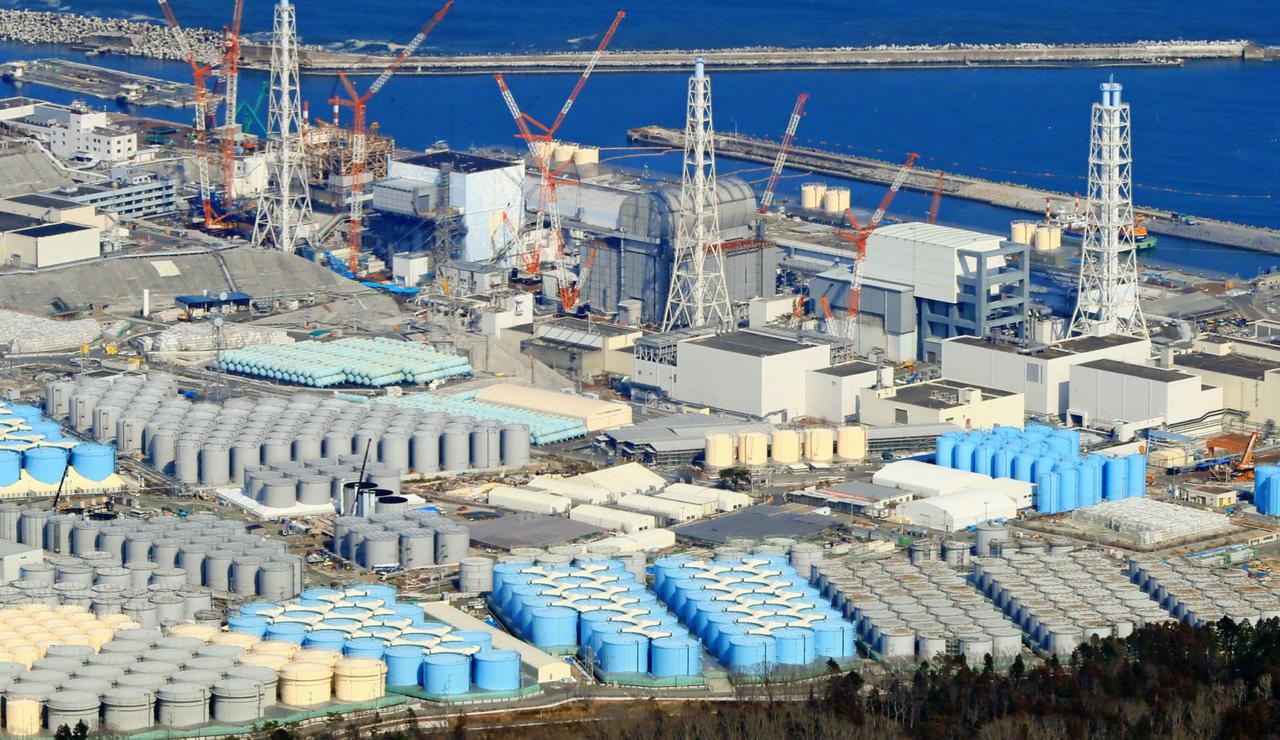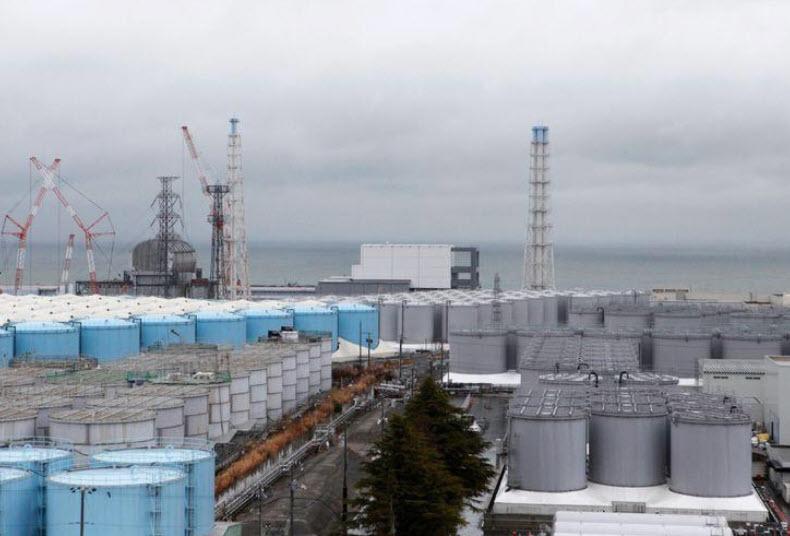Japan Set To Release 1.2 Million Tons Of Radioactive Fukushima Water Into Ocean, Causing “Immeasurable Damage”
Just in case a global viral pandemic, whose sources are still unclear and apparently now include human feces, wasn’t enough, the global outrage meter is about to go “up to eleven” with Japan now set to flood the world’s oceans with radioactive water.
In a move that will surely prompt a furious response from Greta Thunberg’s ghost writers (unless of course it doesn’t fit a very narrow agenda), a panel of experts advising Japan’s government on a disposal method for the millions of tons of radioactive water from the destroyed Fukushima nuclear plant on Friday recommended releasing it into the ocean. And, as Reuters notes, based on past practice it is likely the government will accept the recommendation.
Tokyo Electric, or Tepco, has collected nearly 1.2 million tonnes of contaminated water from the cooling pipes used to keep fuel cores from melting since the plant was crippled by an earthquake and tsunami in 2011. The water is stored in huge tanks that crowd the site.

The panel under the industry ministry came to the conclusion after narrowing the choice to either releasing the contaminated water into the Pacific Ocean or letting it evaporate – and opted for the former, even though it means that Japan’s neihgbors will now have to suffer the consequences of the biggest nuclear disaster since Chernobyl.
Previously the committee had ruled out other possibilities, such as underground storage, that lack track records of success. At the meeting, members stressed the importance of selecting proven methods and said “the government should make clear that releasing the water would have a significant social impact.”
Japan’s neighbor, South Korea, has for much of the past decade retained a ban on imports of seafood from Japan’s Fukushima region imposed after the nuclear disaster and summoned a senior Japanese embassy official last year to explain how the Fukushima water would be dealt with. They will soon have a very unsatisfactory answer.
The build-up of contaminated water at Fukushima has been a major sticking point in the clean-up, which is likely to last decades, especially as the Olympics are due to be held in Tokyo this summer with some events less than 60 km from the wreck plant and the Fukushima seclusion zone which will remain uninhabitable for centuries. According to Reuters, athletes are planning to bring their own radiation detectors and food to the Games.
In 2018, the plant operator, TEPCO, apologized after admitting it lied about the cleanup efforts and that its filtration systems had not removed all dangerous material from the water – and the site was running out of room for storage tanks. Among the ludicrous proposals concocted to contain the radioactive water was an idea straight out of Game of Thrones – an underground ice wall. It did not work.
As a result, having given up on any containment approaches, Tokyo will now literally flood the world with radioactive water. Perhaps in an attempt to mitigate the angry outcry from a world that is suddenly obsessed with a clean environment, Japan said it plans to remove all radioactive particles from the water except tritium, an isotope of hydrogen that cannot be effectively removed with current technology. While it is unclear just how Japan plans on “filtering” out radiation, we with them the best of luck with that particular PR campaign.

“Compared to evaporation, ocean release can be done more securely,” the committee said, pointing to common practice around the world where normally operating nuclear stations release water that contains tritium into the sea.
Needless to say, even the locals disagree: releasing treated water into the ocean would do “immeasurable damage” to a fishing sector that has tried hard to get back to work, an industry source in the Fukushima Prefecture city of Iwaki said. The evaporation proposal has fueled similar worries in farming and ranching circles, according to a source in the rice-growing business.
“The central government should understand the situation on the ground” and thoroughly consider its response, the source said. Even so, it appears that despite “considereding the situation on the ground”, the government is still set to go ahead with the discharge anyway.
Why? The reason may also be the simplest one – money. According to the Nikkei, discharging the water into the Pacific is generally seen by experts as the most logical option. Evaporation was successfully used for cleanup after the 1979 Three Mile Island disaster in the U.S. But releasing water into the sea would cost less and, by ministry estimates, cut radiation exposure by more than half compared with evaporation. Of course, this is the same ministry which for months lied about the full extent of the fallout caused by the Fukushima disaster. Surely this time they are telling the truth.
The recommendation needs to be confirmed by the head of the panel, Nagoya University Professor Emeritus Ichiro Yamamoto, and submitted to the government at a later date, which has not been set, but a hard deadline looms as the government is running out of time to make a decision. The roughly 1,000 tanks on the Fukushima Daiichi site held 1.18 million tons of water as of Dec. 12, not far from the total capacity of 1.37 million. Plant operator Tokyo Electric Power Co. Holdings expects to run out of space around 2022.
Even before then, the most important task in decommissioning the plant – removing spent nuclear fuel – is set to begin in 2021 at reactor No. 2. The tanks take up space that will be needed for this work.
Tyler Durden
Sat, 02/01/2020 – 23:00
![]()
Zero Hedge’s mission is to widen the scope of financial, economic and political information available to the professional investing public, to skeptically examine and, where necessary, attack the flaccid institution that financial journalism has become, to liberate oppressed knowledge, to provide analysis uninhibited by political constraint and to facilitate information’s unending quest for freedom. Visit https://www.zerohedge.com